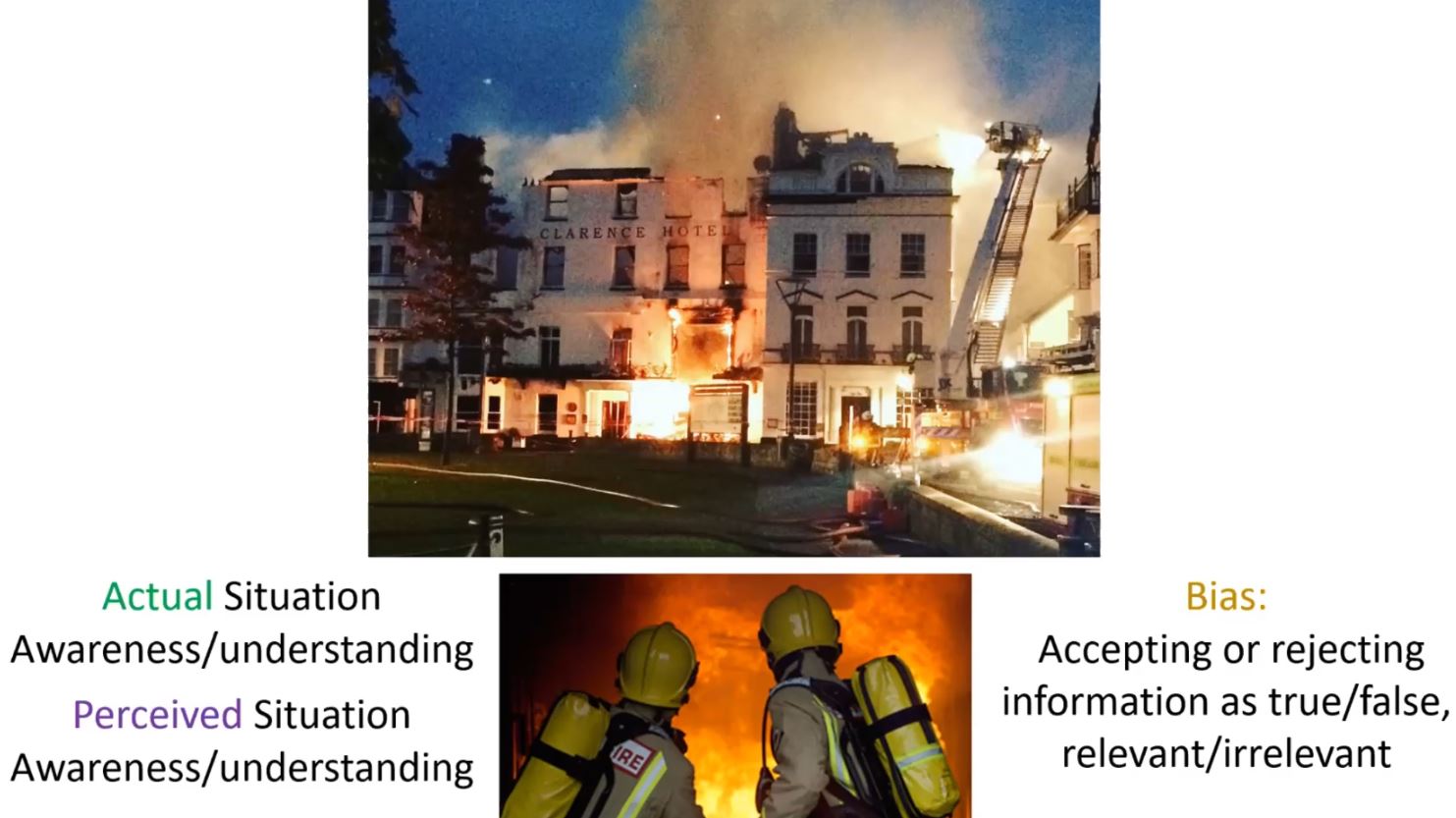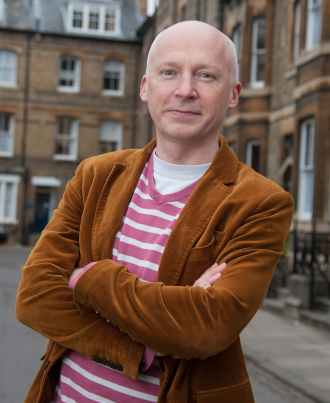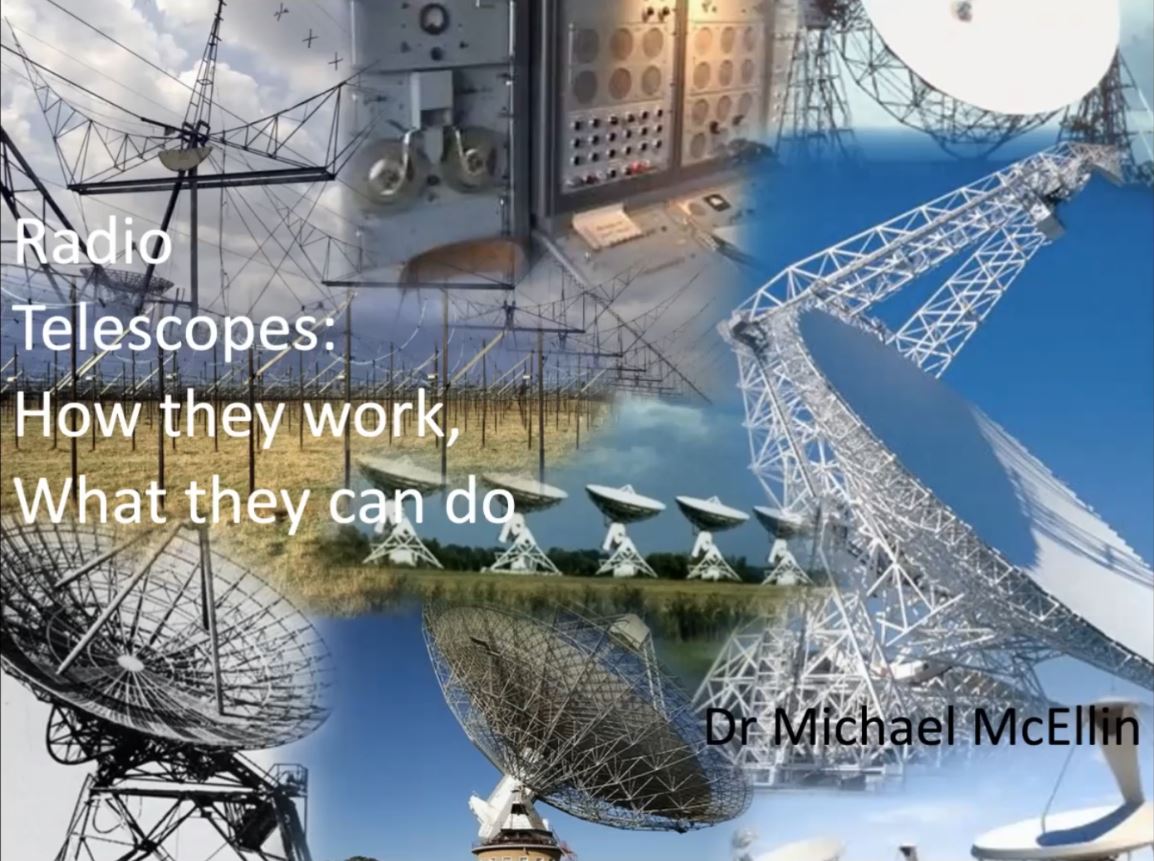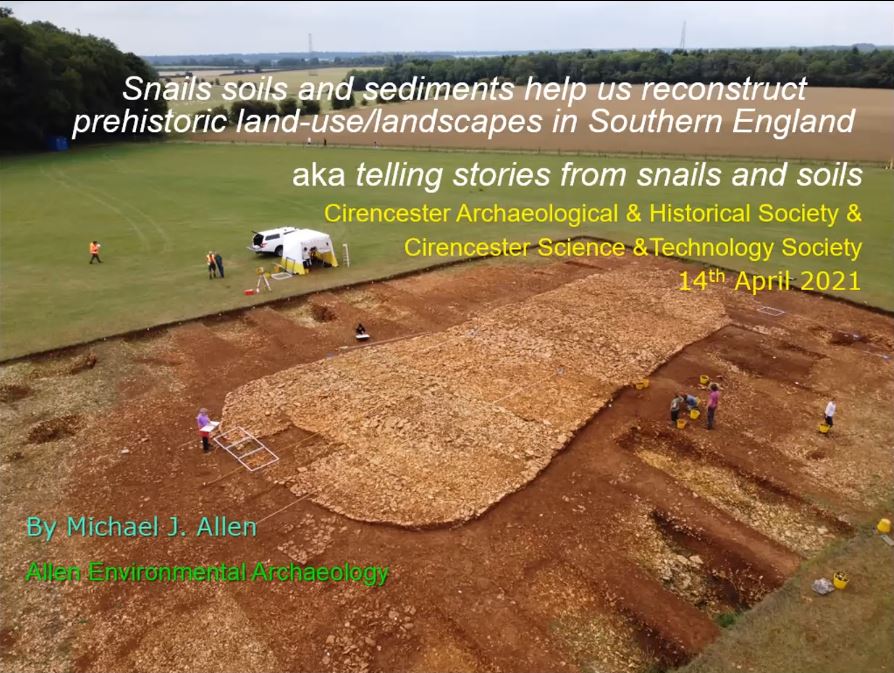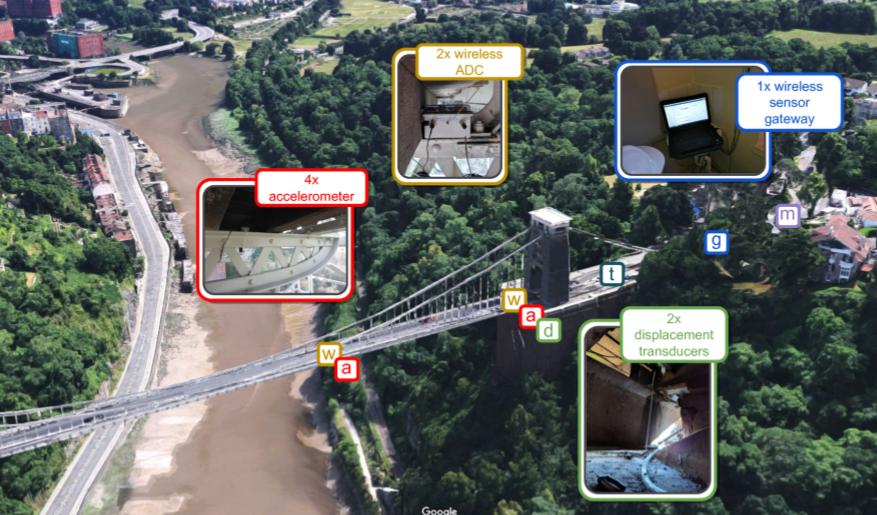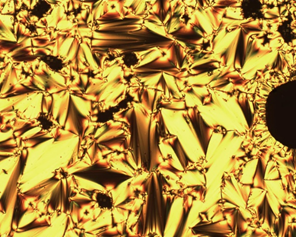Reports, Papers and Other Resources
The Society publishes reports on all of its lectures, some of its visits, selected members papers and suggested reading material in its bookshelf. These can all be found in date order below.
The Society also published a monthly bulletin, the archive for these can be found here.
Professor Edgar examines some disasters, digs down into the details of the causes, and formulates guidelines to help minimise such risks in future dangerous situations.
- Category: Lecture Reports
- Date: Wednesday, 12 Jan 2022
- Professor Graham Edgar
- University of Gloucestershire
Jim describes his time in Bermuda working to provide drinkinng water to the community, explaining the practical challenges and his solutions.
Full of fascinating details about the hydrogeology of Bermuda and Jim's work to keep this vital element flowing for the residents of Paradise!
- Category: Lecture Reports
- Date: Wednesday, 8 Dec 2021
- Jim Thomson MSc DIC (Imperial), MSc (Birmingham)
- CSTS Member
Dr. Caggiano described the chemical weapons used by some plants to protect themselves from attack by insects, and how those chemicals can be used to find new treatments for cancers.
Sadly the video of this talk is not available.
- Category: Lecture Reports
- Date: Wednesday, 10 Nov 2021
- Dr Lorenzo Caggiano
- Senior Lecturer, Department of Pharmacy & Pharmacology, Bath University
Professor du Sautoy uncovers some of the pitfalls in our thinking processes, and offers some strategies to help us make better decisions.
- Category: Lecture Reports
- Date: Wednesday, 13 Oct 2021
- Professor Marcus du Sautoy OBE FRS
- Charles Simonyi Professor for the Public Understanding of Science and Professor of Mathematics, Oxford University
Joss outlines the complex topic of DNA manipulation using CRISPR and cas-9, and shows how it could be used to create new weaponns against bacteria.
- Category: Lecture Reports
- Date: Wednesday, 8 Sep 2021
- Joss Lazenby BSc
- University of Reading · School of Biological Sciences
Robert shares his painstaking work to understand the computer's construction and capability, and shows how it saved the mission from disaster.
- Category: Lecture Reports
- Date: Wednesday, 9 Jun 2021
- Robert Willis, Software Engineer
- Cisco, Harpenden
A preliminary talk presented to the Cirencester Science & Technology Society committee by Dr. Michael McEllin on the development and principles of radio telescopes, focusing on the technology and engineering behind the amazing discoveries of how the Universe works.
- Category: Lecture Reports
- Date: Wednesday, 9 Sep 2020
- Dr. Michael McEllin
- CSTS Member
A talk for the Cirencester Science & Technology Society presented by Dr. Mike Allen, Archaeologist, Bournemouth University (joint lecture with Cirencester Archaeological and Historical Society)
Dr. Allen explains the role of an environmental archaeologist in discovering the lives and cultures of prehistoric people by studying the soils and creatures that are in them.
- Category: Lecture Reports
- Date: Wednesday, 14 Apr 2021
- Dr. Mike Allen, Archaeologist
- Bournemouth University
